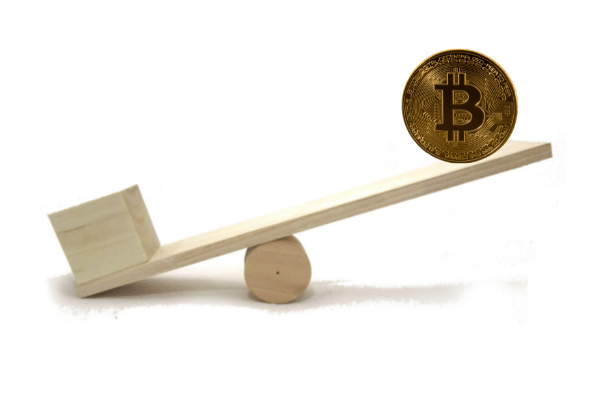
- Historically, geopolitical risks mixed in against a backdrop of rising interest rates, rising inflation and inverted yields curves, have when combined led to bear markets.
- Markets are still awash with liquidity from the pandemic, and the relentless money printing by the Fed which has spilled over into inflation has long contributed into asset inflation.
Given how stocks marked their biggest turnaround last week since November 2020, it would seem churlish to be asking if we’re in a bear market, yet history is not on the side of current macroeconomic conditions.
Historically, geopolitical risks mixed in against a backdrop of rising interest rates, rising inflation and inverted yields curves, have when combined led to bear markets.
While the U.S. Federal Reserve’s 0.25% rate hike last Wednesday was well within market expectations, they are merely the first of many this year.
Russia’s war in Ukraine is raging on, creating the largest humanitarian crisis in Europe since the Second World War and destabilizing financial markets around the world.
Meanwhile, the price of everything from gassing up to guzzling down has increased, with oil and food prices soaring and U.S. inflation pushing a 40-year high.
Parts of the U.S. Treasury yield curve are inverting – meaning that short-term borrowing yields more than longer-term debt, suggesting that traders hold a bleak outlook for economic growth in the long run.
Markets can typically stomach a couple of challenges, but not a quartet of them, at least historically.
According to research firm CFRA, since the Second Word War, the combination of a Fed rate-tightening cycle, geopolitical tension, high inflation and a flattening yield curve have triggered bear markets, or a 20% decline from the benchmark S&P 500’s peak.
CFRA points out that the heady mix of these factors led to bear markets between 1956-1957, 1973-1974, 1980-1982 and 2000-2002.
Could our current epoch play out in much the same way?
To be sure, there aren’t many economists who are betting on a U.S. recession in 2022, but the stock market is not the economy.
A strong labor market, robust consumer spending and better-than-expected corporate profits are all bullish factors for the economy, but will not necessarily translate to gains in equities, especially at currently elevated levels.
Even if there isn’t a sharp correction, many analysts still expect the market to deliver more moderate returns from here on out, as the Fed withdraws monetary policy support from the financial system, it’s implied “put.”
But, and this is a big “but,” since 1957, the average bull market in the S&P 500 has lasted 5.8 years, according to Truist Advisory Services, whereas this bull is relatively juvenile, at just 2 years old, fresh from the pandemic stimulus.
So, who’s right?
It’s been said that those who don’t learn the lessons of history are doomed to repeat it, but there are reasons to believe that a juvenile bull market seems more likely than not.
Markets are still awash with liquidity from the pandemic, and the relentless money printing by the Fed which has spilled over into inflation has long contributed into asset inflation.
All those excess dollars ultimately need to go somewhere, and the asset markets have absorbed them like a sponge – first it was equities and bonds, then more speculative corners of the market like high yield debt and cryptocurrencies, finally it’s reached commodities.
And that’s not forgetting that while the Fed has taken a hawkish turn, it’s pledged “nimbleness” in its policy, meaning that it can loosen (unlikely but possible) just as quickly as it has been to tighten.



